A place full if history in Galloway,
Scotland. A monastery of the Kingdom of Northumbria was founded here in
the 8th century, though
nothing of this remains. In the 12th century the Lord of Galloway set up
an Augustine priory here, which also served as the cathedral of the
diocese of Galloway, and its ruins remain. Within a few years of its
foundation, it became Premonstratensian.
What is most intriguing is the earlier history, sometimes said
to be legend. St Ninian, of whom little is known, is said to have
founded a church here in 397, the Candida Casa, or White House, after
which the town was named. Ninian is known as the Missionary to the
Picts, and is claimed to be a miracle worker. His grave at Whithorn
became an important pilgrimage destination.
Near Whithorn are two more interesting locations. On the coast,
three miles to the south, are the ruins of St Ninianís chapel, a 13th
century stopping off point for pilgrims. Another coastal location is St
Ninianís cave, said to be a retreat of Ninian. It remains a pilgrim
destination to this day.
The museum at Whithorn has a fine collection of Anglo-Saxon
carving. The stone pillar shown below is known as the Peter stone, was
carved in the 600s. The inscription reads LOC STI PETRI APV.STOLI, of
the place of Apostle Peter.
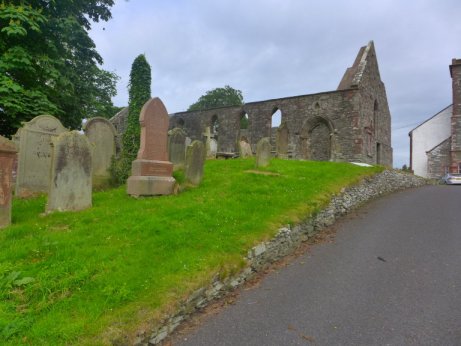
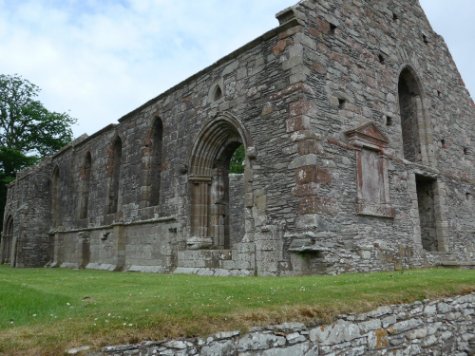
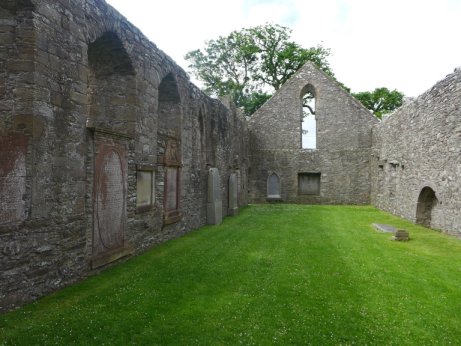
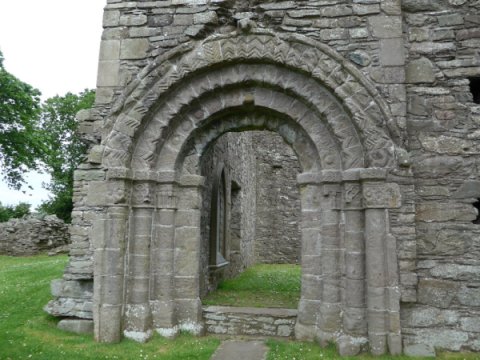
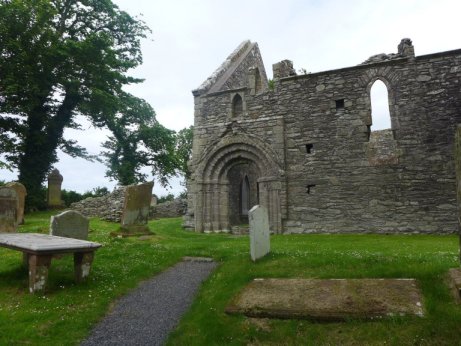
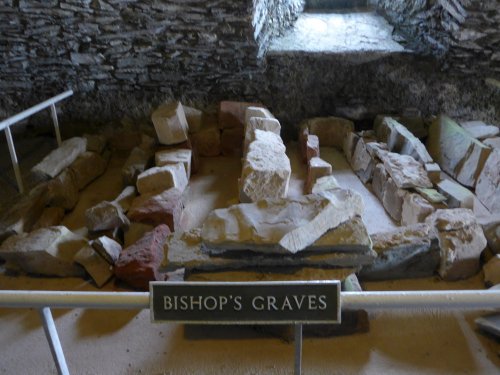
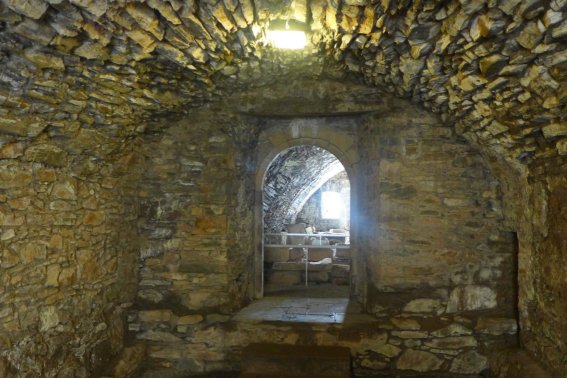
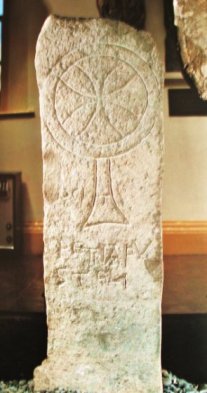

St Ninian's chapel
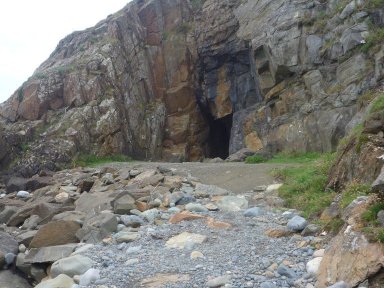
St Ninian's cave